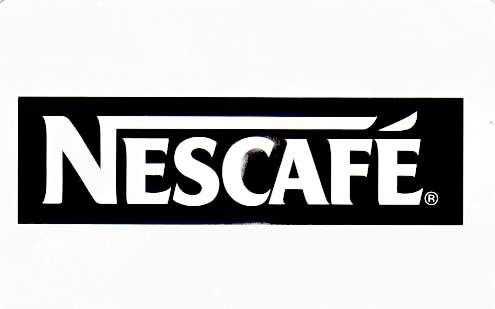VEVEY, Switzerland – A Nestlé brand that started as an idea to solve the problem of what to do with unsold coffee is celebrating its 75th anniversary and its position as one of the world’s favourite drinks.
Today more than 5,500 cups of Nescaféinstant coffee are consumed every second with different varieties catering to different tastes and preferences around the globe.
“We are celebrating the rich history and heritage of Nescafé, the world’s first instant coffee, which has kept the distinct coffee aroma.
Over the past 75 years it has evolved from a tin of coffee to a full portfolio of products and systems,” said Carsten Fredholm, Head of Nestlé’s Beverage Strategic Business Unit.
“Nescafé is present in over 180 countries and we are also highlighting its promise for future growth as it continues to lead the coffee beverage category,” he added.
Innovation from the start
In 1929, Louis Dapples, the Nestlé Chairman at the time, was presented with an interesting task by his former employer, the Banque Française et Italienne pour l’Amérique du Sud.
Following the Wall Street Crash and the collapse of coffee prices, the bank had a lot of coffee sitting unsold in warehouses in Brazil.
Nestlé was asked whether these stocks could be turned into a ‘soluble coffee cube’ to be sold to consumers.
A chemist Dr Max Morgenthaler joined the company to help its researchers find a solution.
After three years of research they discovered that café au lait – coffee mixed with milk and sugar – converted into powder kept its flavour for longer.
But this powder was not easily soluble, and the milk and sugar caused production challenges
Nescafé is born
However, Dr Morgenthaler found that coffee taste and aroma were better preserved in sweetened milk coffee rather than unsweetened. He also found that the coffee kept longer after being exposed to high temperature and pressure.
Dr Morgenthaler concluded that the secret of preserving the coffee aroma lay in creating a soluble coffee with enough carbohydrates. This was new and went against original thinking.
A year later he used a specific technique to produce a powder that did this, and presented it to the Nestlé Executive Board and technical directors as drinkable soluble coffee samples.
Two years later on April 1, 1938, the soluble coffee product, named Nescafé, was launched in Switzerland. Nestlé set up a large-scale production line of coffee extraction and ‘spray drying’ coffee beans to produceNescafé at its factory in the Swiss town of Orbe.
The brand was rolled out in the United Kingdom two months later and the United States in 1939.
By April 1940 Nescafé was available in 30 countries worldwide.
More than three quarters of Nescafé’s worldwide production was consumed in Switzerland, the UKand the US during the Second World War.
Its shelf life – longer than fresh coffee – helped its popularity to grow and sales volumes doubled.
The bulk of Nescafé’s production was provided as supplies to US troops.
Two production factories were set up in the US by 1943 to keep up with demand.
Major milestones
In 1952 the Nescafé factory in St Menet, France, produced a new innovation – a product that didn’t need added carbohydrates.
During the 1960s the product was re-launched in glass containers in Europe and Japan to help preserve freshness.
In 1965 the brand unveiled another innovation – freeze-dried soluble coffee Nescafé Gold Blend.
Over the decades Nescafé expanded its soluble coffee recipe creating other varieties – Nescafé Decaffeinated, Nescafé Gold Espresso, Nescafé Frappé, Nescafé Cappuccino and Nescafé Ready-to-Drink.
In the 1990s researchers developed a proprietary self-foaming solution to improve the texture of milk froth, which is now used in Nescafé Cappuccino.
Nestlé wanted to go further in its innovation and launched Nescafé Dolce Gusto in Switzerland,Germany and the UK in 2006, and in Spain a year later.
The “coffee shop-at-home” machine can switch from hot to cold. Nescafé, Nestea and Nesquikcapsules are available for the five machine ranges including Melody, Circolo, Piccolo, Fontana and Creativa.
Two years later Nescafé Barista, which is available exclusively in Japan, was developed as the only “at-home coffee by the cup” system of its kind that uses soluble coffee.




















